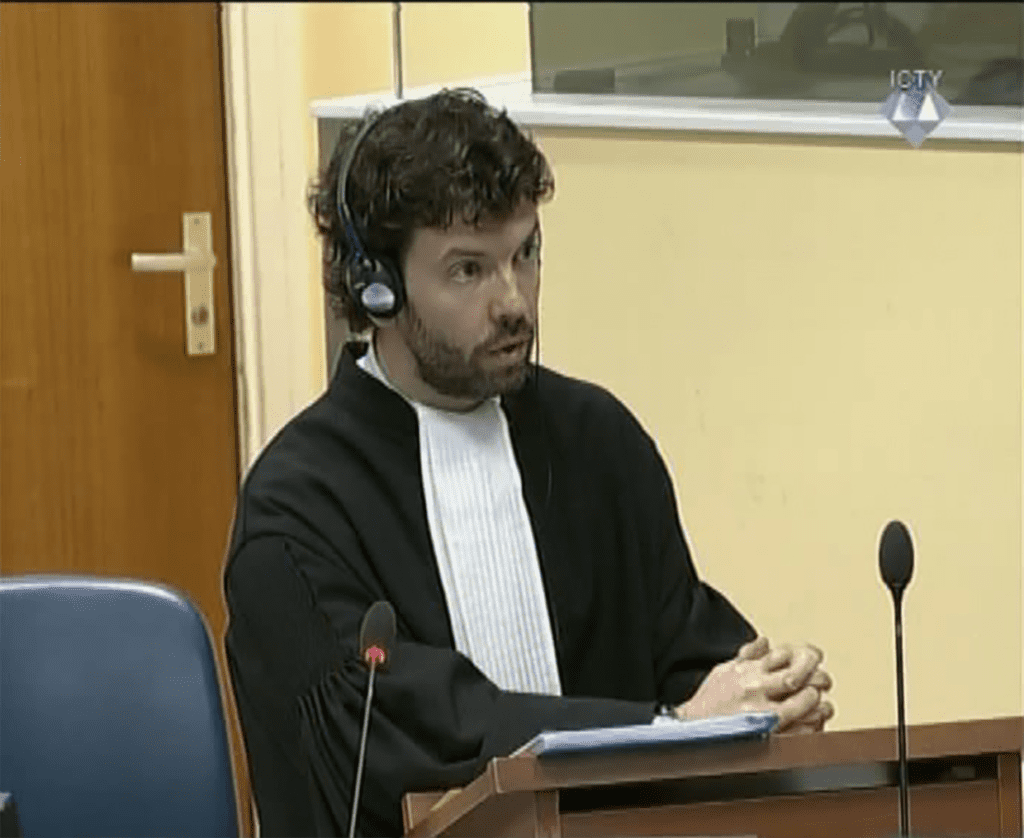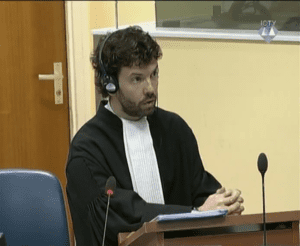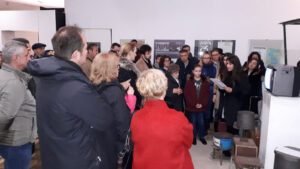
Pablo Halguera

Because of the double life I led over decades and until a couple of years ago, working as both an artist and a museum educator – benefitting from the knowledge from one profession and applying it to the other but also equally having to balance both in practice – I have always been interested in other artists who have had to confront similar dualities. Sometimes the artist’s daytime job is unrelated to their artistic output: The composer Charles Ives was an insurance salesman; Fernando Pessoa worked as a commercial translator. In the case of other artists, their employment had a direct impact in their creative work: Maurizio Cattelan briefly worked at a morgue as an embalmer (per his own account), which explains some of the works he has made in that category. Mark Bradford often talks about the influence that working as a hair stylist in his mom’s beauty shop had in his work. Howardena Pindell’s work at MoMA as curator is well known as well as how she had to negotiate that position with the continuation of her artistic practice and the way it helped inform her artistic ideas.
But seldom have I encountered an artist who literally made his exact daily job into a ready-made artwork: this is the case (pun intended) of Jason File, with whom I was in conversation for this column.
Born in St. Louis, he grew up in a family of artists: “musicians, theater people, also art teachers. I grew up in this sort of environment surrounded by the arts, but also being attracted by the more analytical, social, political aspects of society.” He recalls watching, as a child, the TV broadcast of the Iran-Contra Affair hearings in Congress with Oliver North and being fascinated by it. When he approached his teenage years, he decided he would become a lawyer, not an artist, – a decision that puzzled his parents but that they supported, nonetheless.
While in law school, he decided to go into the prosecutorial track: “I saw some kind of disturbing examples of the lack of resources for criminal defendants in America and the ways that prosecutorial actions could really define the outcome of so many cases, almost regardless of what the actual evidence was. And it emphasized to me the importance of having people in prosecutorial roles who are searching for the truth as opposed to trying to put people in prison without really any kind of regard as to what the facts were.”
After being a judicial law clerk in Manhattan for the Southern District of New York he went to London to work in a law firm doing international arbitration. “I thought that the kind of prosecutorial side of the United Nations work in The Hague would be an ideal next step, because it’s a similar process to what you see in international arbitration.”
Once in The Hague, he was hired initially to work on the trial team that was prosecuting Radovan Karadžić, the former president of the breakaway Serb Republic who was tried (and later convicted) of genocide, crimes against humanity and war crimes. Karadžić had been a fugitive for many years and was ultimately apprehended after hiding in plain sight under a pseudonym and a bushy beard posing as a faith healer. File came in to work on the cross-examination of the defense case.
An interesting aspect about these trials is that, while open to the public, they generally proceed without much of an audience. File says: “sometimes you would just see kind of a sea of cadet military uniforms sitting in the audience, watching the trial. Other days, [when] someone who was well known somewhere was testifying you might see more media. But then there were other days where there was nobody.”
Shortly before that time, File was already reconsidering the relationship with art. “I sort of had this reawakening of the contemporary art itch. And at the same time, I also didn’t necessarily see my entire career as remaining inside a law firm doing international disputes.”
He then started to think of the trial as a long-duration-performance that could be framed as such. “I started to see some of these courtroom appearances as not only opportunities to highlight a moment in this trial, but also to kind of treat them as vignettes that could be sort of seen on their own for what they are, as opposed to this small piece of a giant puzzle that would be very hard for someone coming in without an extensive background, not only on the history of the region, but also on the trial itself, to comprehend.”
The result was a work titled Exactitude, a word drawn from the famous Jorge Luis Borges story titled On the Exactitude of Science, about a team of cartographers who, attempting to make a painstakingly exact map of a kingdom end up making a 1:1 scale map of the kingdom itself. File used the video of his own cross-examination of the defense of the Karadžić trial to present it as an artwork as a ready-made performance. “I was trying to explore how performance would function as a ready-made, how you could present something that would have a kind of true identity at the same time.” He started inviting artist friends to see him perform his real-life prosecutions in court and framing the public video record of the proceedings as an artwork.
Unsurprisingly, the court staff in The Hague did not know what to make of his artistic endeavors. As File tells it, the court’s response to his work “went through several stages”. When he first told his supervisors that he was an artist, they thought of it in the traditional sense, as if he were a Sunday painter. “The next stage was a concern about not knowing where this work was going or what I was doing in the kind of moments of understanding that I was making related to the trial process and to my position.” And then, when he got to present the actual work in a gallery in The Hague and invited his colleagues to see it, they started understanding it as an “open ended inquiry” and not something that could be seen as a threat to the institution itself. “Then they were much more able to accept this dual life that I had.”
While many artists have made works about the legal system as re-enactments and external observation, File’s presentation as a practitioner, becoming both replica and commentary, provides a new dimension. “It just felt very important to me to provide a perspective also from the inside of one of these organizations and one that has to balance those institutional concerns with the aesthetic and critical concerns.”

video installation
File’s merging of creative and non-artistic professional activity belongs to a lineage that can be traced back to Mierle Landerman Ukele’s Maintenance Art Manifesto from 1969, where she declared her daily maintenance activities as part of her work – a precursor of the aesthetic and political positioning that often characterizes contemporary socially engaged artists. File’s performative coupling also makes me think of the term ‘la Perruque, a term that Michel de Certeau brings up in The Practice of Everyday Life. ‘La Perruque’ is a term generally applied to a worker who is doing their own personal work during company time. A term often referred to as a form of rebellion against oppression. In this case, the artist is efficiently meeting the demands and duties of his job, only that he is simultaneously enveloping the activity with an additional conceptual frame. It is not so much a form of rebellion as a re-framing of an activity – the ready-made re-signification of it.
As File himself points out, the fact that international war crime trials often unfold over many years makes them nearly impossible to follow for someone who is not deeply familiar with the details of each case and seeing the exchanges on any given day can feel largely abstract. His focus then becomes to present the trial as a snapshot with all the accompanying details – “the procedure itself, the architecture of the room, the costumes and uniforms that people wear, the rituals that we go through, as well as just the facts of the testimony” – to produce a larger reflection about the process of international justice, and, more specifically, the way in which the real-life administering of justice and the pursuit of truth is not the kind of dramatic and emotional performance that one is accustomed to see in courtroom dramas, but rather a long, slow, mind-numbingly technical process; one nonetheless that eventually comes to an end, thus offering closure.

